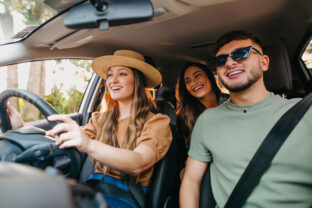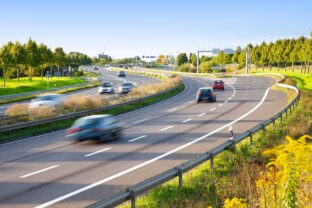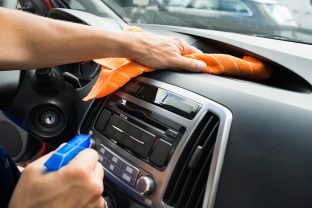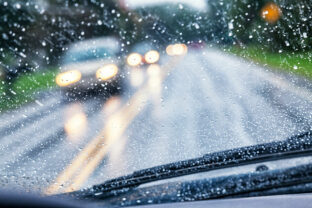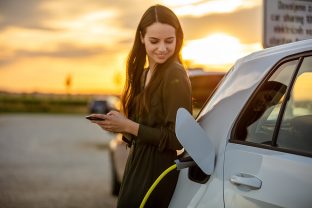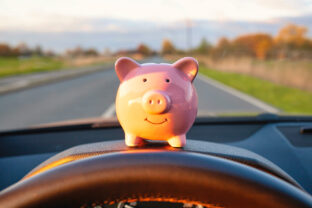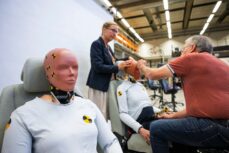Zoox puts the accent on safety for its self-driving robotaxi
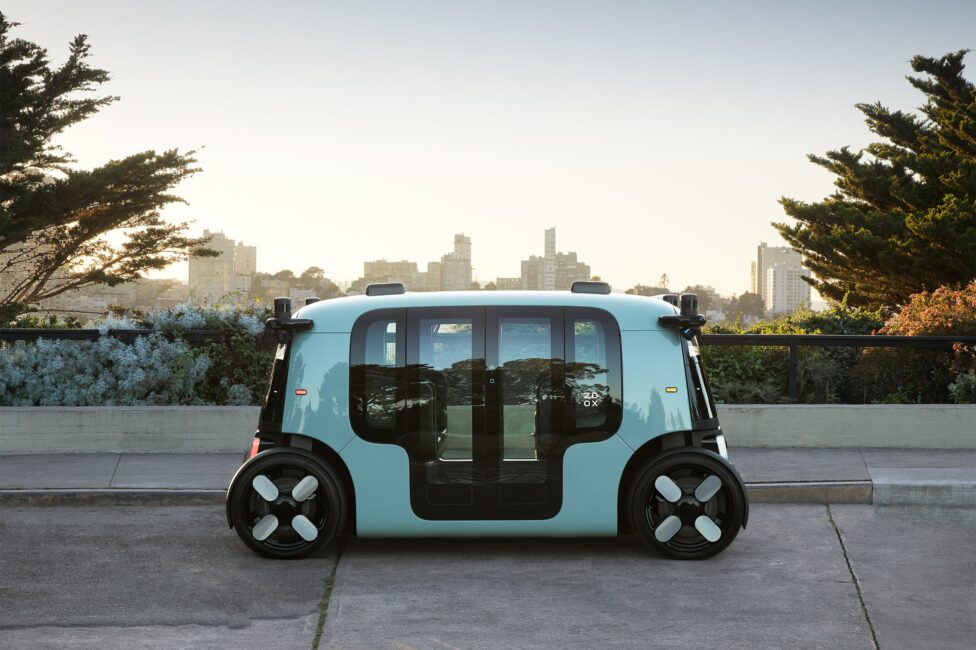
Back in December 2020, Zoox introduced its first autonomous vehicle, the Zoox AV. The company, bought by Amazon almost a year ago, unveiled this week a report that details its latest innovations in terms of safety. Because the autonomous car company is making safety the flagship issue of its next steps.
The car is not at the prototype or project stage, like many players in the sector, it is actually functional and operating quite successfully. The vehicle is designed for users, not not at all for driving. Say goodbye to steering wheels and pedals. In the passenger compartment, there are only two seats facing each other. Entirely autonomous and electric, the vehicle is designed exclusively for the city and uses bi-directional wheels to maneuver easily. Of course, sensors are placed all around the car so that it can suss out its environment at more than 150 meters. The objective of Zoox is to make urban travel pleasant, sustainable and safe.
In its report “Introducing Zoox safety innovations 2021,” Mark Rosekind, Chief Safety Innovation Officer at Zoox, expresses his vision for the automotive industry and its relationship to safety: “We know that autonomous vehicle technology presents an unprecedented opportunity to save lives, reduce injuries, and minimize crashes on our roadways. But fully realizing these potential benefits necessitates a paradigm shift from reactive to proactive safety.” Data from the National Highway Traffic Safety Administration (NHTSA) points to human error as responsible for 94% of crashes. Preventable accidents that cost the lives of more than 3,000 people worldwide every day.
How Zoox is designed to avoid fatal accidents
To do this, Zoox autonomous vehicles use a location and mapping system in order to optimally analyze their environment. These systems are combined with physical sensors that allow the driving software to make the best decisions. The number of sensors involved is quite impressive. There are lidar sensors (laser remote sensing) that allow the car to map its environment in three dimensions and radar sensors to create a 360-degree field of view of the car. This information is essential and valuable for planning trajectories, predicting the behavior of other road users and controlling the vehicle in every circumstance.
To guarantee the safety of its passengers, Zoox also focuses on its braking and suspension systems, honed to avoid collisions, or at least reduce their impact to a minimum. Each wheel is independent and can thus be adapted to the driving conditions. Zoox can also adjust its braking system to increase its stability and traction capacity, which translates into better braking control and shorter stopping distances. Each wheel of the vehicle can adjust ride height and spring stiffness, adding stability for cornering and quickly compensating for road conditions like bumps.
One of the unique characteristics of this vehicle is its ability to individually control the speed, power and direction of all four wheels. This also means that the front and rear of the vehicle are the same, which means that the vehicle does not need to make complicated and dangerous U-turns. In its ambition to be an ultra safe autonomous vehicle, Zoox seems to far along with a functional product, yet no production date has yet been mentioned. Self-driving car projects are popping up all over, but production and roll-out may be a ways off as traffic authorities and road infrastructure also get to grips with this new approach to taking on the road.

